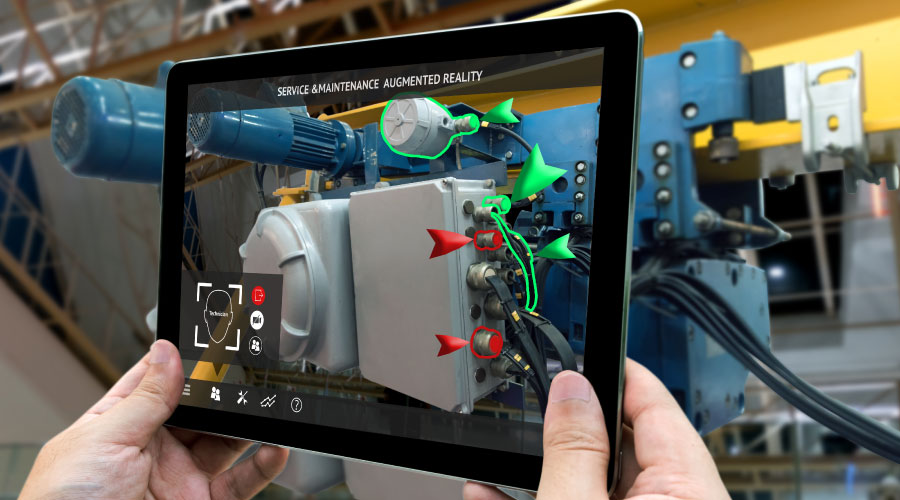KPIs in Facility Management: Key to Data-Driven Decisions
Accurate facility data is important, but owners and managers know data is only valuable if they turn it into tangible benefits.
Once owners and managers have gathered facility data and ensured its accuracy, the challenge turns to putting the most important data into a format that will support decision-making among executives and other interested parties. Among the most popular formats are key performance indicators (KPI).
“You start by defining what the executives need to see,” Rimer says. “What tells the story of communicating, risk of communicating, return on investment, things like that that matter to them in their language? Then you’ve also got your dashboards that you use if you’re in facility operations. What do I need to know to direct my resources?
“You need different sets of KPIs based on those roles, and you’ve got to be able to understand what matters to each one of those positions, each one of those roles, so you can apply that information.”
Just as owners and managers need to manage and govern facility data effectively, they also need to oversee KPIs properly to ensure they remain relevant.
“The first thing to know is that KPIs shouldn’t be stagnant,” Paddock says, adding that KPIs can be especially helpful in managing agreements with outside vendors. “You don't pick a KPI at the beginning of a relationship and expect it to be the exact same KPI that you’re measuring five years later. What you want to know, particularly in a first-generation relationship, is that the organizations that are doing work for you are doing the right things.”
KPIs also are critical because they give managers and owners opportunities to address essential elements of overall facility performance.
“What is the number of hot and cold calls when we have equipment go offline?” Rimer asks. “Are we tracking that downtime? Because there are impacts from a productivity standpoint and increased risk. Those are all things that should be documented in your CMMS or IWMS. What things can we do to start reducing that and increasing productivity? If I have the data, I can help educate and communicate and work with building owners to drive those decisions.”
KPIs also can be especially helpful for owners and managers moving from short-term performance to long-term planning.
"It really comes down to opportunities to take the insights and dig into what the insights are telling you and decide what you want to do about those,” Paddock says, “Some of the analysis can be just a report out. If you've got all of your lifecycle assets information in a CMMS, it might spit out a report that tells you, ‘Here’s your worst performing asset, and this is how old it is.’ It’s kind of a no-brainer to go on your capital plan. But if you’ve got 10 of those and you only have a limited bucket of money, you’re going to have to dig into it and find out what you can do with what you’ve got available.”
Ultimately, the goal of KPIs is to help owners and managers use individual pieces of data to produce broader benefits for the organization.
"When I go to work with a client and they want us to help them select and implement a CMMS or IWMS, I want to meet with the facilities folks and some other key stakeholders,” Rimer says. “But I want to talk to the folks as high up the food chain as possible because I have to understand the big picture, what the overarching organization’s vision, mission and goals are.
“What are their drivers? What are their inhibitors? As I define that, it’s going to help to direct my building operations and my facility management program. Then this tool — the CMMS or IWMS — is what I’m going to leverage to give me the information to feed into the organizational vision, mission and goals. They need to start with the end in mind.”
Avoiding mistakes
As with any complex process, using facilities data to produce tangible results comes with potential problems and pitfalls.
“If you can move your data to a place that is reliable, then what it tells you is going to be actionable,” Paddock says. “It can't be left alone. (Data) management and governance has to be a continuous, active process. You might not need to rewrite the rules for your data every month, but there are ways of creating data scorecards that tell you whether the data in your system is behaving the way it's expected to. Utilize those ancillary tools that tell you even more about what's working and what's not inside the data.”
Owners and managers who run into trouble often are tempted to blame the software.
“It’s not that it’s the software problem,” Rimer says, adding that software developers too often fail to understand client needs. “It’s that most folks don’t know what they don’t know. It is really the blind leading the blind.”
In other cases, owners and managers believe data and technology can address their departments’ issues.
“Their data is a mess, so it’s garbage in, garbage out,” he says, and emerging technologies such as artificial intelligence (AI) cannot solve the problem. “When we’re talking about AI, it’s obviously you have this unrealistic expectation like, ‘If we can just do AI, then we’re going to be awesome.’ Well, no, you can’t because you’re not even doing your PMs. It’s the simple stuff. They’ve got to put the building blocks in place so that they can work toward where they want to get.”
Dan Hounsell is senior editor for the facilities market. He has more than 30 years of experience writing about facilities maintenance, engineering and management.
Related Topics:













